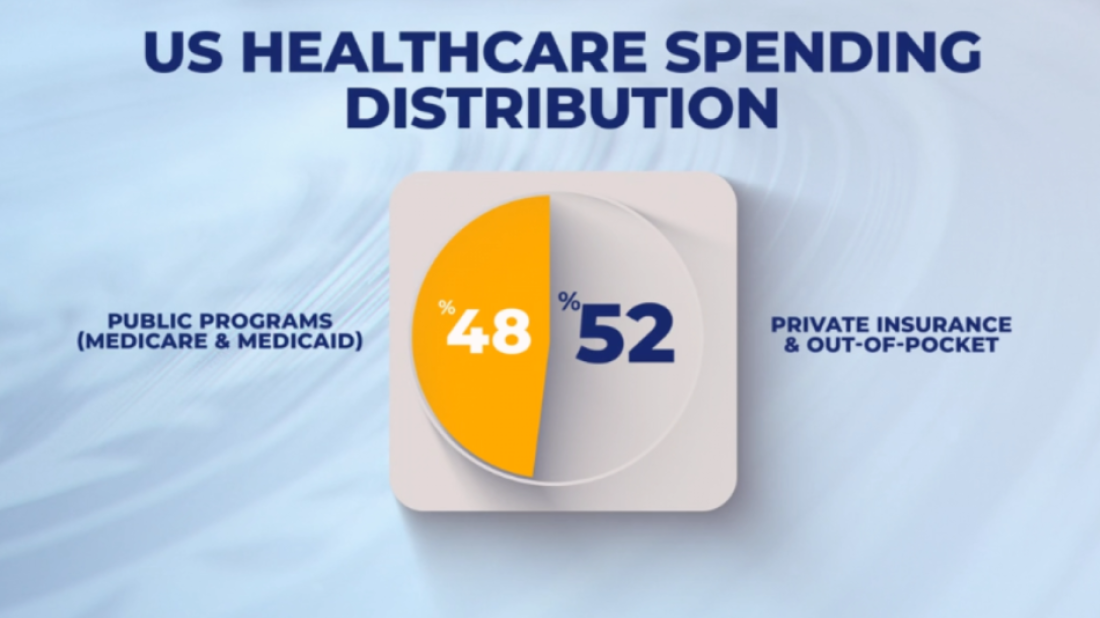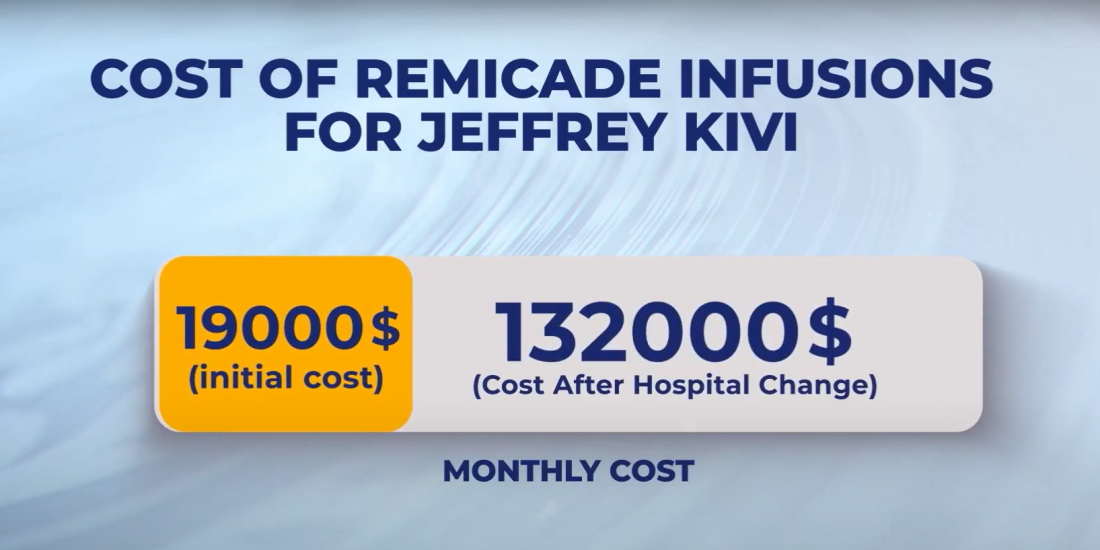Tajikistan-Afghanistan border clash kills 5
Three alleged members of a "terrorist origanisation" have been killed in a military operation in the Shamsiddin Shohin district according to Tajikista...
The United States has long been at the forefront of medical advancements, yet its healthcare system remains one of the most expensive and least accessible among developed nations
In 2023, healthcare spending reached $4.9 trillion, making up 17.6% of the country’s GDP.
Despite this investment, millions of Americans continue to face challenges in affordability and access, sparking a long-running debate: Is healthcare a public necessity, or an economic industry driven by profit?
Unlike many nations that operate under universal healthcare systems, the U.S. relies on a hybrid model, where public programs like Medicare and Medicaid cover 48% of spending, while private insurance and out-of-pocket costs make up the rest. While this structure provides flexibility, it has also led to rising costs, disparities in care, and financial strain on individuals.
With every presidential election, healthcare reform takes center stage. Policies have been introduced, debated, and adjusted—but has the system truly changed?

The Influence of Insurance Companies
At the heart of the U.S. healthcare system lies the private insurance industry, which plays a defining role in coverage, pricing, and accessibility.
Major companies such as UnitedHealth Group, CVS Health, and Anthem generate hundreds of billions in annual revenue, shaping the system through pricing structures and lobbying efforts.
UnitedHealth Group alone has spent over $30 million in lobbying during recent election cycles, influencing policy decisions. Critics argue that this level of corporate involvement blurs the line between healthcare as a service and healthcare as a business, often making affordability a secondary concern.

When Healthcare Becomes an Industry
Once driven by nonprofit institutions, the U.S. healthcare system has evolved into a multi-billion-dollar industry, where treatment costs can fluctuate dramatically based on location, hospital policies, and corporate pricing strategies.
Consider Jeffrey Kivi, a high school teacher who relied on Remicade infusions to treat an autoimmune condition. Initially, his treatment cost $19,000 per month, but after his doctor switched hospitals, the price surged to $132,000 per month—a reflection of hospital fees, patents, and market dynamics.

His case, detailed in Elisabeth Rosenthal’s book An American Sickness, is not an isolated one. Similar cost-cutting measures have been introduced by insurance companies, sometimes sparking backlash. Anthem Blue Cross once proposed limiting anesthesia coverage based on surgery duration, a policy that raised concerns about patient safety before it was eventually withdrawn.
While the healthcare sector generates significant revenue, the question remains: Are resources being allocated in ways that genuinely improve patient care?

The Global Perspective: Spending vs. Outcomes
A recent study by The Commonwealth Fund, Mirror, Mirror 2024, ranks the U.S. lower than many developed nations in key healthcare indicators:
Life expectancy in the U.S. remains below the average of peer countries.
Preventable deaths occur at higher rates than in comparable nations.
Healthcare costs continue to far exceed those of countries with universal coverage.

Meanwhile, countries like the Netherlands, Australia, and the U.K. achieve better health outcomes at lower costs, prompting ongoing discussions about whether the U.S. should rethink its approach.
At the same time, U.S. health insurance companies contribute over $100 billion in corporate taxes annually, leading to debates on whether such revenues should be redirected toward affordability and accessibility efforts.
Critics also point to broader budget priorities, as the U.S. allocates over $800 billion annually to its military. This has fueled discussions on whether a rebalancing of national spending could better support domestic healthcare initiatives.
The Future of Healthcare: Reform or Status Quo?
The structure of U.S. healthcare continues to evolve, yet the fundamental issues of cost and accessibility remain unresolved.
Newly elected President Donald Trump has introduced proposals focused on reducing drug prices and increasing transparency, though their long-term impact remains to be seen.
As policymakers debate cost controls, corporate influence, and national spending priorities, the central question persists: Health or wealth?
The balance between economic interests and patient care will define the future of healthcare in America.
A majority of Russians expect the war in Ukraine to end in 2026, state pollster VTsIOM said on Wednesday, in a sign that the Kremlin could be testing public reaction to a possible peace settlement as diplomatic efforts to end the conflict intensify.
Thailand and Cambodia both reported fresh clashes on Wednesday, as the two sides prepared to hold military talks aimed at easing tensions along their shared border.
Military representatives from Cambodia and Thailand met in Chanthaburi province on Wednesday ahead of formal ceasefire talks at the 3rd special GBC meeting scheduled for 27th December.
Libya’s chief of staff, Mohammed Ali Ahmed Al-Haddad, has died in a plane crash shortly after departing Türkiye’s capital, Ankara, the prime minister of Libya’s UN-recognised government has said.
It’s been a year since an Azerbaijan Airlines plane crashed near Aktau, Kazakhstan, killing 38 people. Relatives and loved ones mourn the victims, as authorities near the final stage of their investigation.
Algeria's parliament has unanimously passed a law declaring France's colonisation of the North African state a crime, and demanding an apology and reparations.
Turkish authorities have detained 115 suspected Islamic State members they said were planning to carry out attacks on Christmas and New Year celebrations in the country.
President Volodymyr Zelenskyy outlined for the first time the main points of a draft 20-point framework peace proposal discussed by Ukraine and the United States, which he said could become the basis of future agreements to end war with Russia.
Nasry Asfura, the conservative candidate for Honduran president backed by U.S. President Donald Trump, was declared the winner on Wednesday more than three weeks after the 30 November election.
Start your day informed with AnewZ Morning Brief: here are the top news stories for the 25th of December, covering the latest developments you need to know.
You can download the AnewZ application from Play Store and the App Store.

What is your opinion on this topic?
Leave the first comment